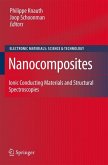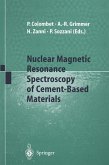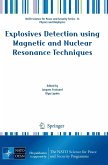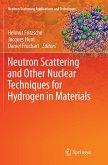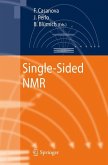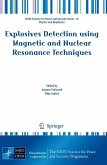Please note that the content of this book primarily consists of articles available from Wikipedia or other free sources online. Nuclear magnetic resonance spectroscopy, most commonly known as NMR spectroscopy, is the name given to a technique which exploits the magnetic properties of certain nuclei. For details regarding this phenomenon and its origins, refer to the nuclear magnetic resonance article. The most important applications for the organic chemist are proton NMR and carbon-13 NMR spectroscopy. In principle, NMR is applicable to any nucleus possessing spin. Many types of information can be obtained from an NMR spectrum. Much like using infrared spectroscopy (IR) to identify functional groups, analysis of a NMR spectrum provides information on the number and type of chemical entities in a molecule. However, NMR provides much more information than IR. The impact of NMR spectroscopy on the natural sciences has been substantial.


